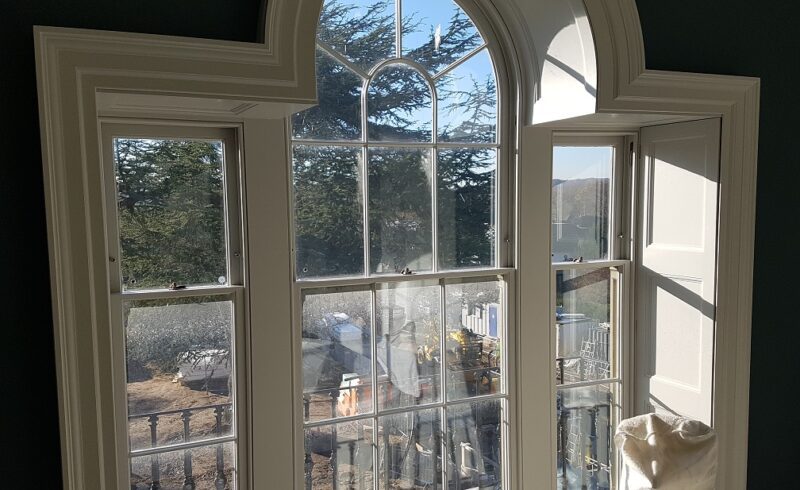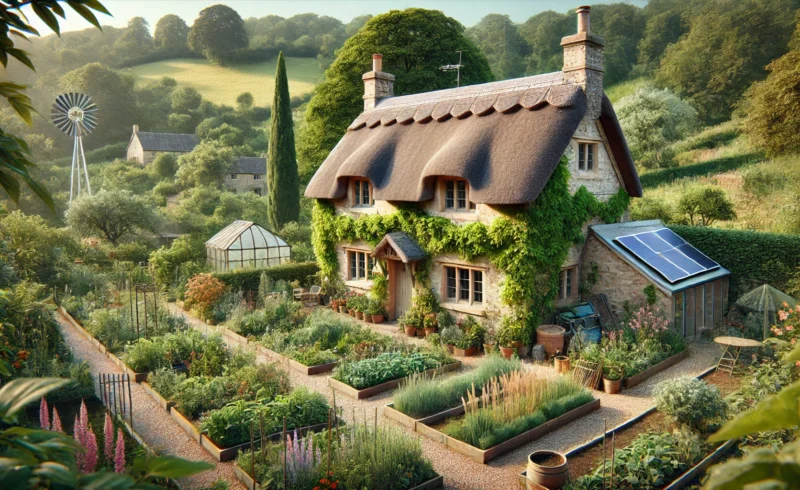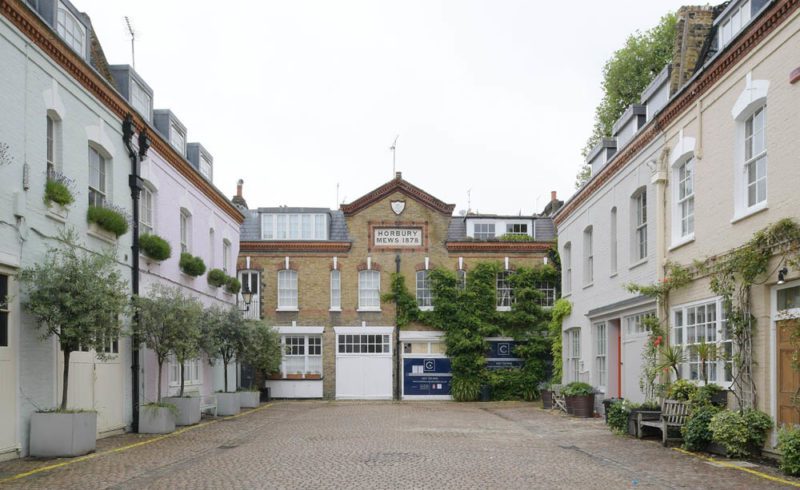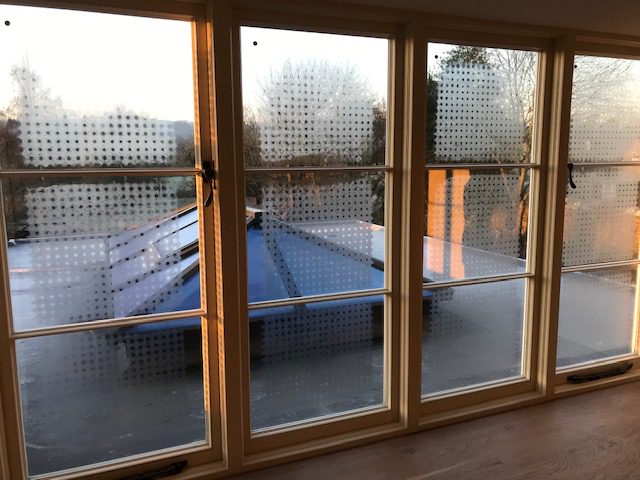
Choosing windows and doors for listed properties isn’t just about historic aesthetics, they also have to create a comfortable living…
Read More
Selecting the right timber is essential for creating high-quality, long-lasting windows and doors. At Gowercroft Joinery, we prioritise materials that…
Read More
Our Response to Historic England’s Carbon Efficiency Guidance Historic England’s latest advice note, “Adapting Historic Buildings for Energy and Carbon…
Read More
Astragal Bars vs. Plant-On Bars: What’s Best for Heritage Windows? When you want to preserve the historical integrity of heritage…
Read More
When it comes to preserving the historical integrity of heritage properties, choosing the right type of window is crucial. Understanding…
Read More
How Do Historic Windows Fit into the Historic England Draft? As the United Kingdom strides toward its ambitious Net Zero…
Read More
How Have Glazing Technologies Advanced to Suit Historic Properties? Ever pondered whether those charming old windows can keep up with…
Read More
Explore the perfect blend of tradition and innovation with Gowercroft Timber Windows at The Listed Property Show, Olympia.
Read More
Uncover the charm in the quirks of vacuum glazing! From subtle distortions to unique condensation patterns, explore cutting-edge window technology.
Read More